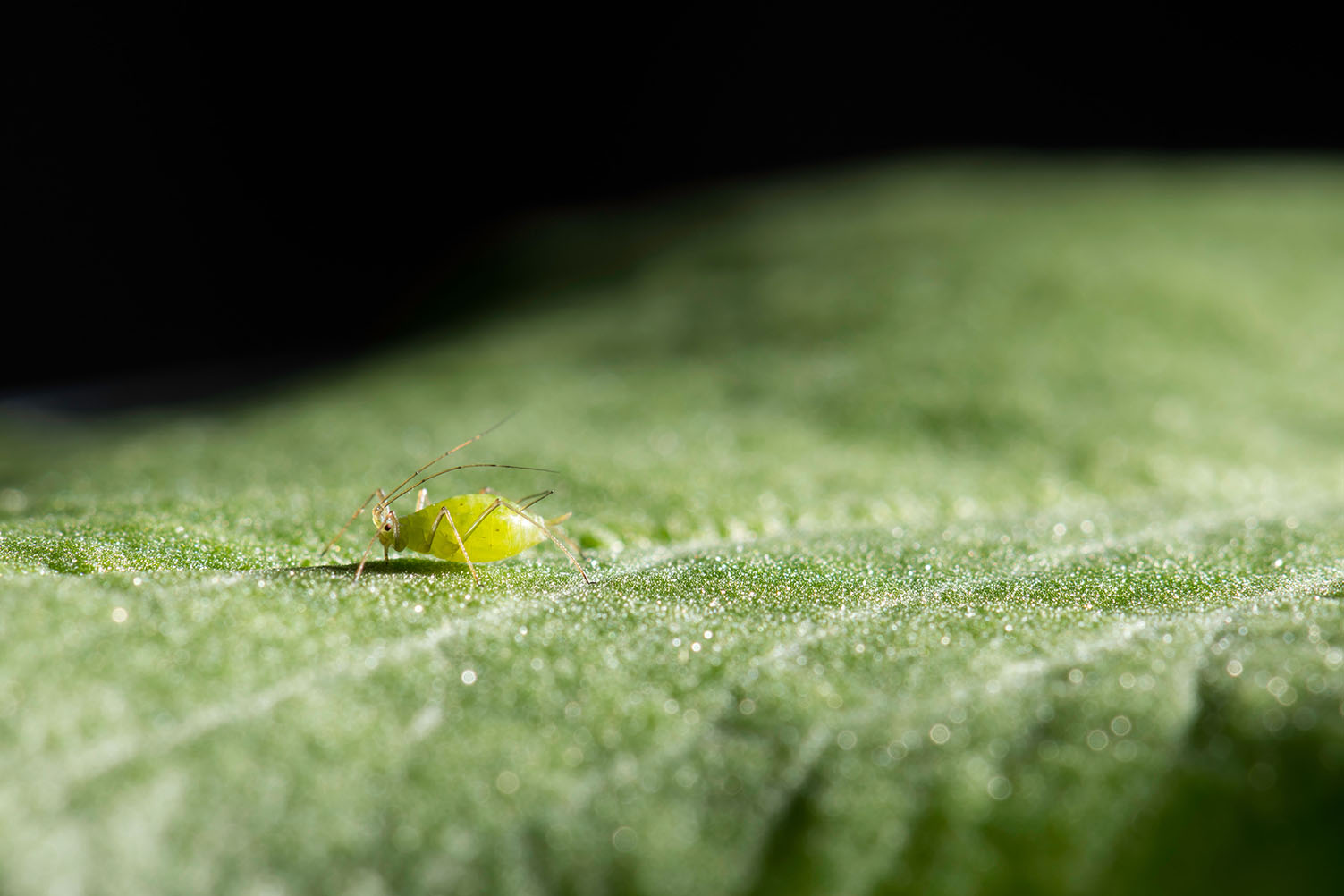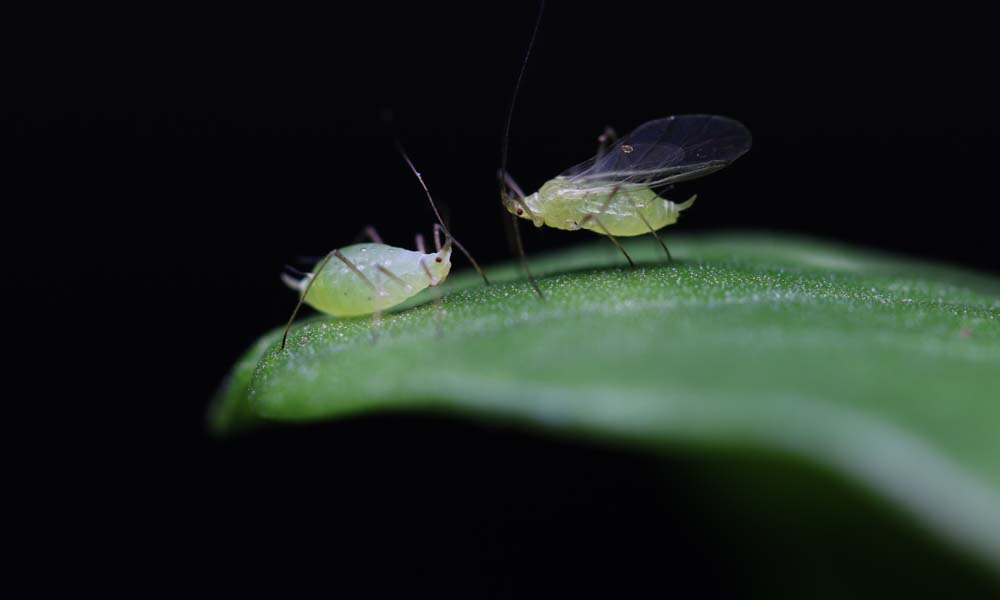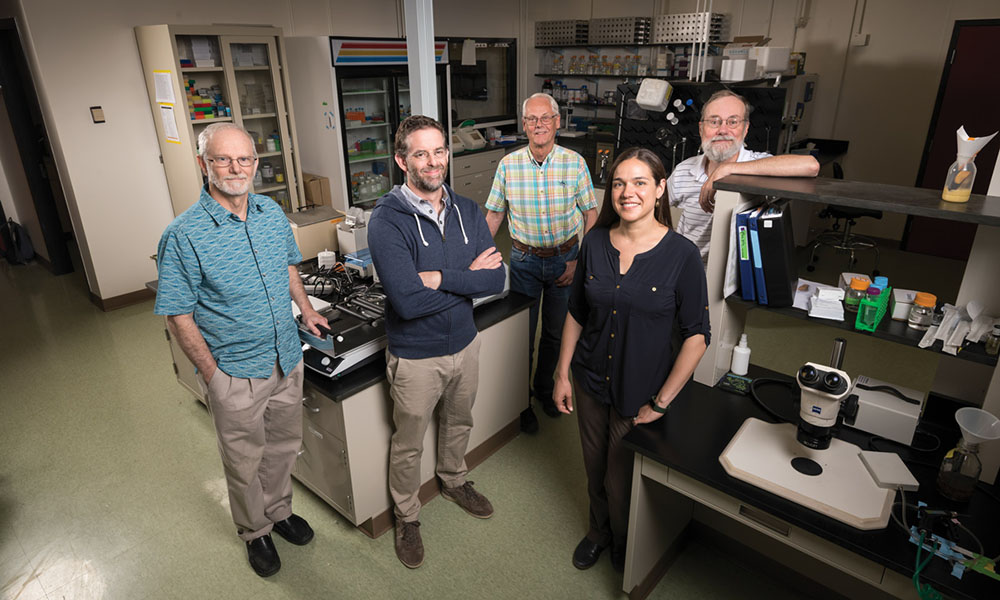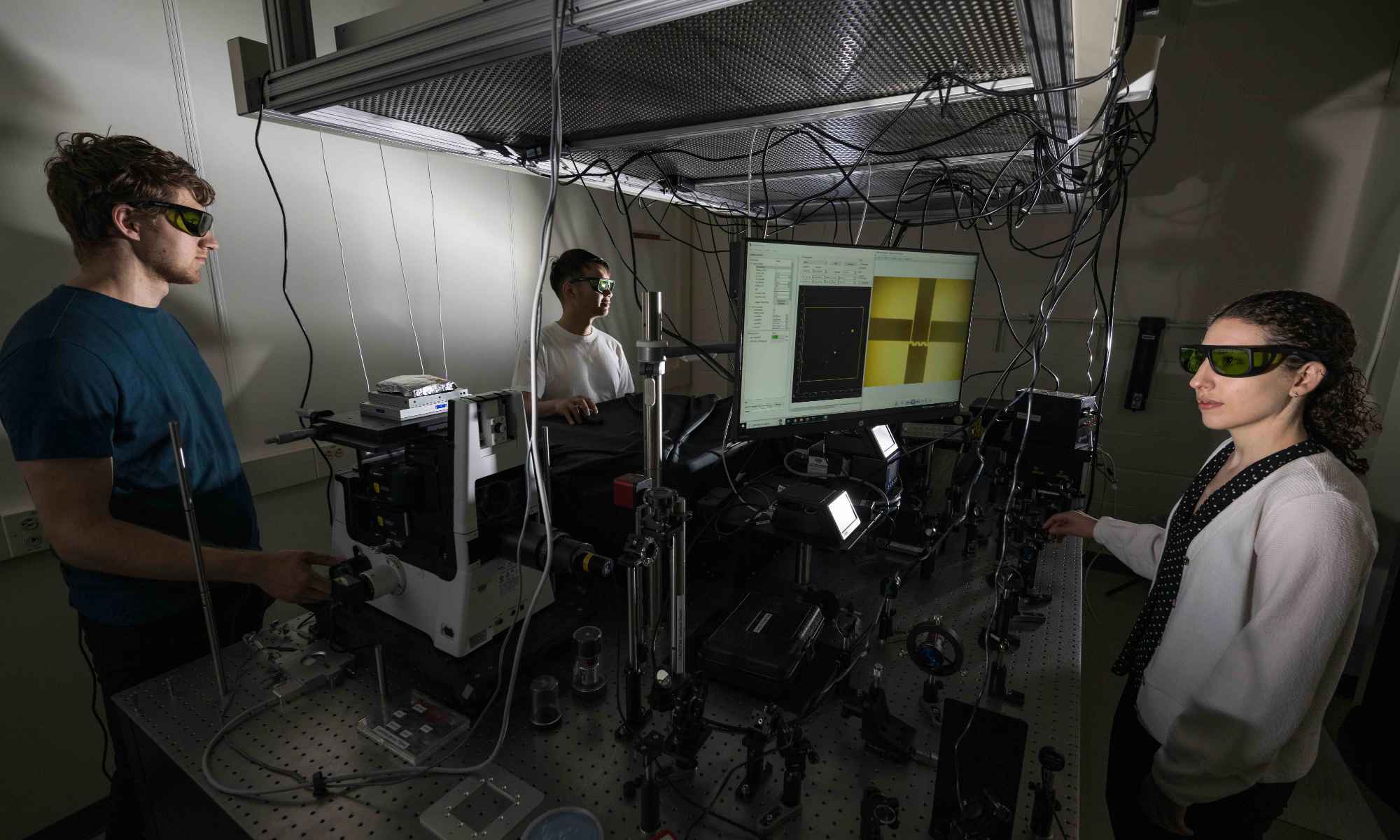Jennifer Brisson investigates phenotypic plasticity, or how an organism’s development is influenced by its environment.
Many organisms have the ability to change certain traits in response to their environment. This ability, known as phenotypic plasticity, is an important evolutionary strategy in allowing an organism to better survive.
But how does an organism sense its environment and pass on that information to its offspring? What are the genetic mechanisms that regulate how environmental cues influence the ways organisms develop? And how do these processes evolve?
Jennifer Brisson, a professor of biology at the University of Rochester, received a nearly $2 million grant from the National Institutes of Health (NIH) to investigate these questions and more in a quest to better understand plasticity. The award, to be distributed over five years, will enable her to study the mechanisms that control phenotypic plasticity and the evolution of the genes responsible, which has important implications in human health and disease.
“Since 2013, our lab at the University of Rochester has studied phenotypic plasticity,” Brisson says. “We’re particularly focused on the fascinating subject of how plasticity works at the molecular level and how those molecular mechanisms evolve over time. This grant will allow us to continue this work.”
Pea aphids prompt plasticity insights
Brisson uses genetic mapping, genomics, pharmaceutical manipulations, and developmental observations to study phenotypic plasticity in pea aphids.

The insects, which reproduce rapidly, are ideal model organisms to study the role of nature and nurture: genetically identical females either have wings or are wingless depending on their environmental conditions, while, in males, the trait is determined by an allele in the genome. So whether or not the insect has wings is based on two completely different mechanisms—environmental (nurture) and genetic (nature)—that exist within a single species.
Brisson’s NIH grant will allow her to further her research, which has already provided premier insights into the mechanisms at play in genetic accommodation, where an organism’s traits shift from being influenced by its environment to becoming part of its genetic makeup. She has previously discovered, for instance, that the pea aphid genome co-opted virus genes that influence whether or not an individual aphid has wings. She also identified the first-known genetic basis of wing loss in an insect.
A variety of organisms, from plants to humans, use phenotypic plasticity, so Brisson’s research has important applications in better understanding how plasticity works in human health and disease as well.
“Nearly all traits, from height and weight to disease susceptibility, result from a complex interplay between genes and the environment,” Brisson says. “Our project aims to illuminate basic rules acting to integrate environmental and genetic signals in trait development. This research will, therefore, result in fundamental information that will ultimately help to reduce the prevalence of human disease.”
Read more
 Virus genes help determine if pea aphids get their wings
Virus genes help determine if pea aphids get their wingsThe findings shed light on the important role that microbial genes, like those from viruses, can play in insect and animal evolution.
 Evolution’s new era
Evolution’s new eraRochester biologists are exploring the roles that selfish genetic elements—first described nearly a century ago—play in inheritance, aging, speciation, and evolution.
 Beer yeast: Unraveling the origin story with genetics
Beer yeast: Unraveling the origin story with geneticsBrewer’s yeast has been used to make beer for thousands of years. To reconstruct the history of modern ale strains, Rochester biologists sequenced the yeast’s genome.




